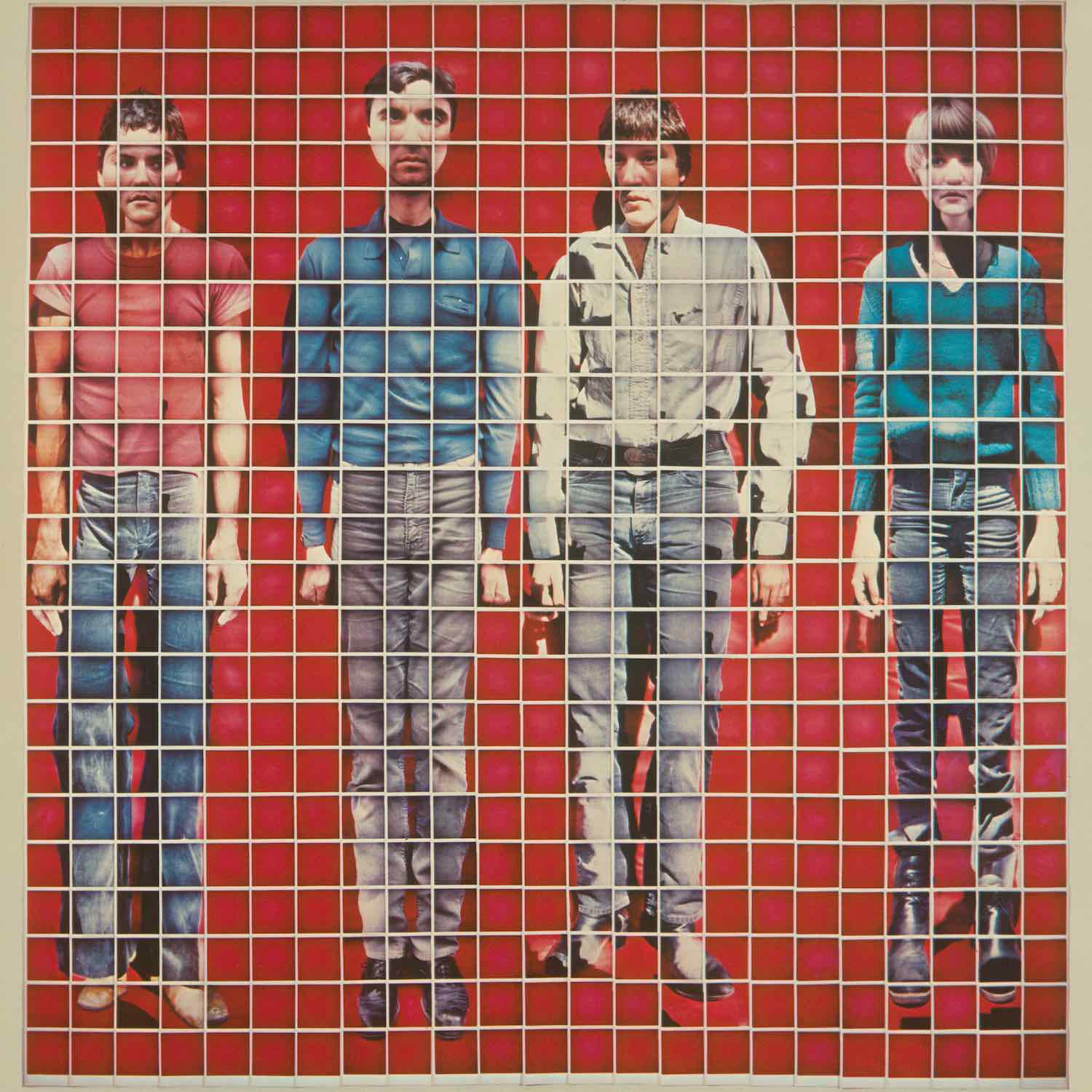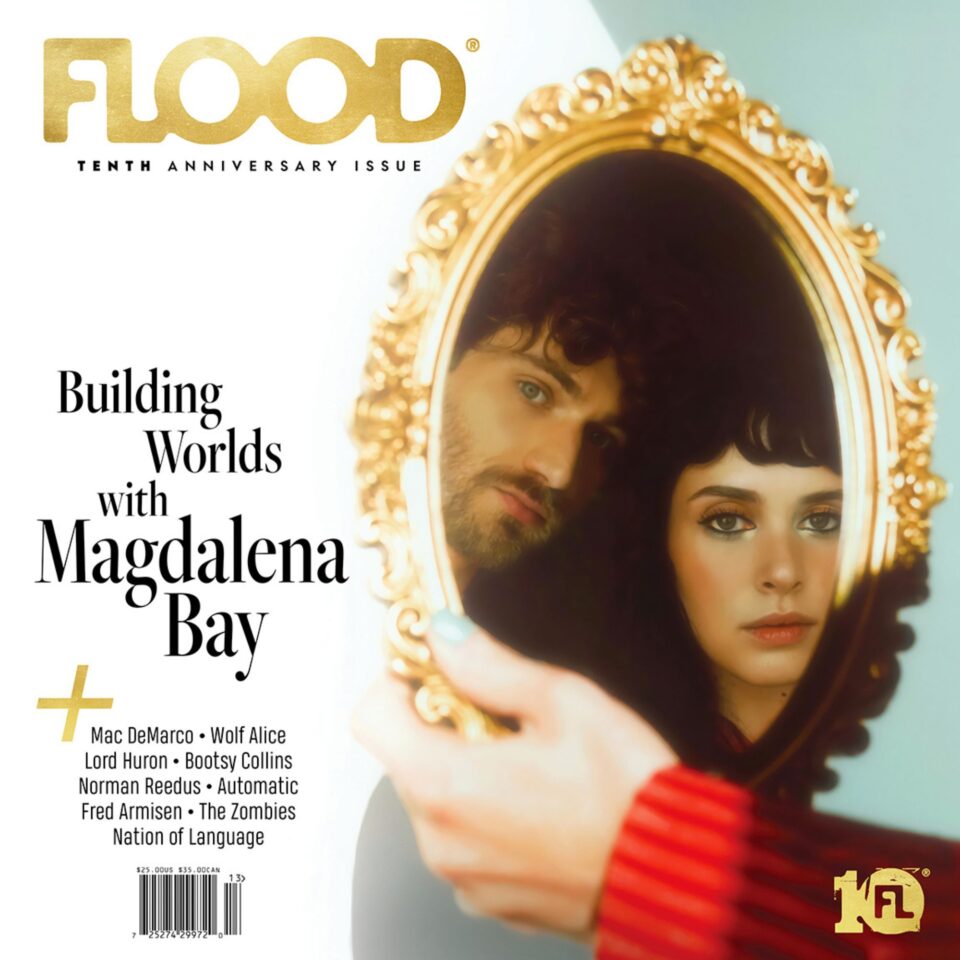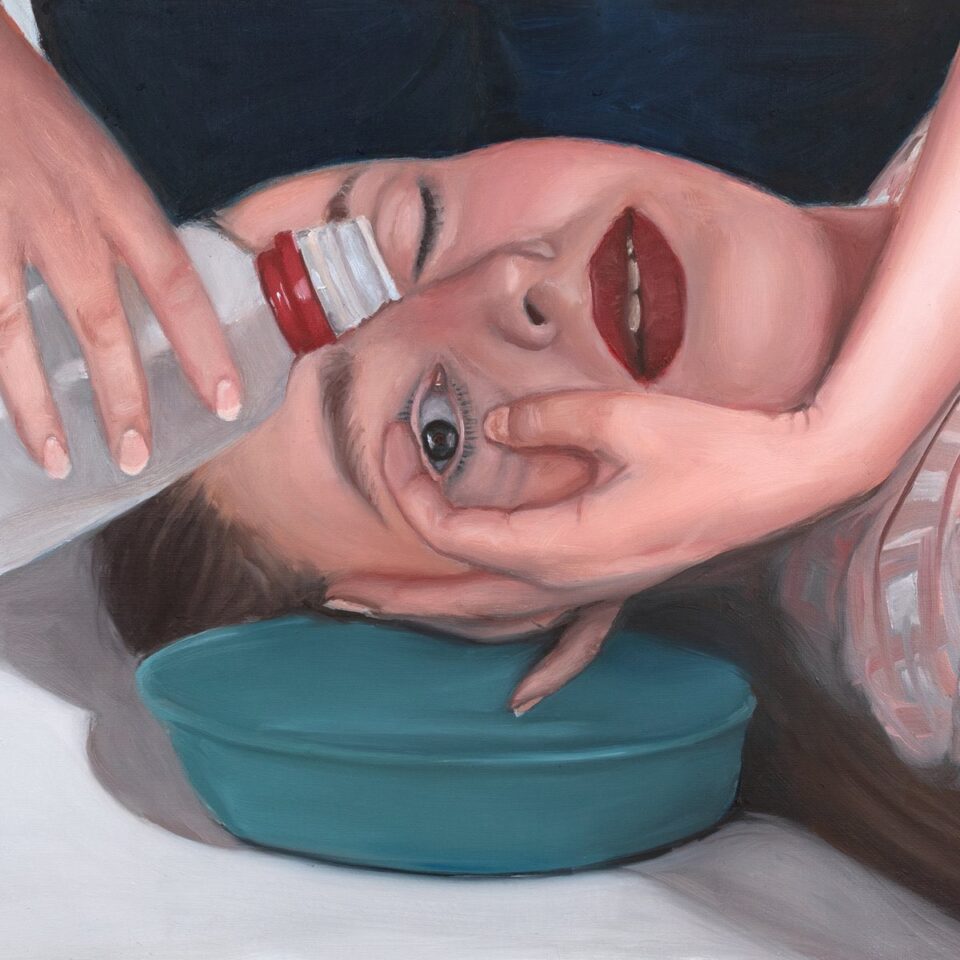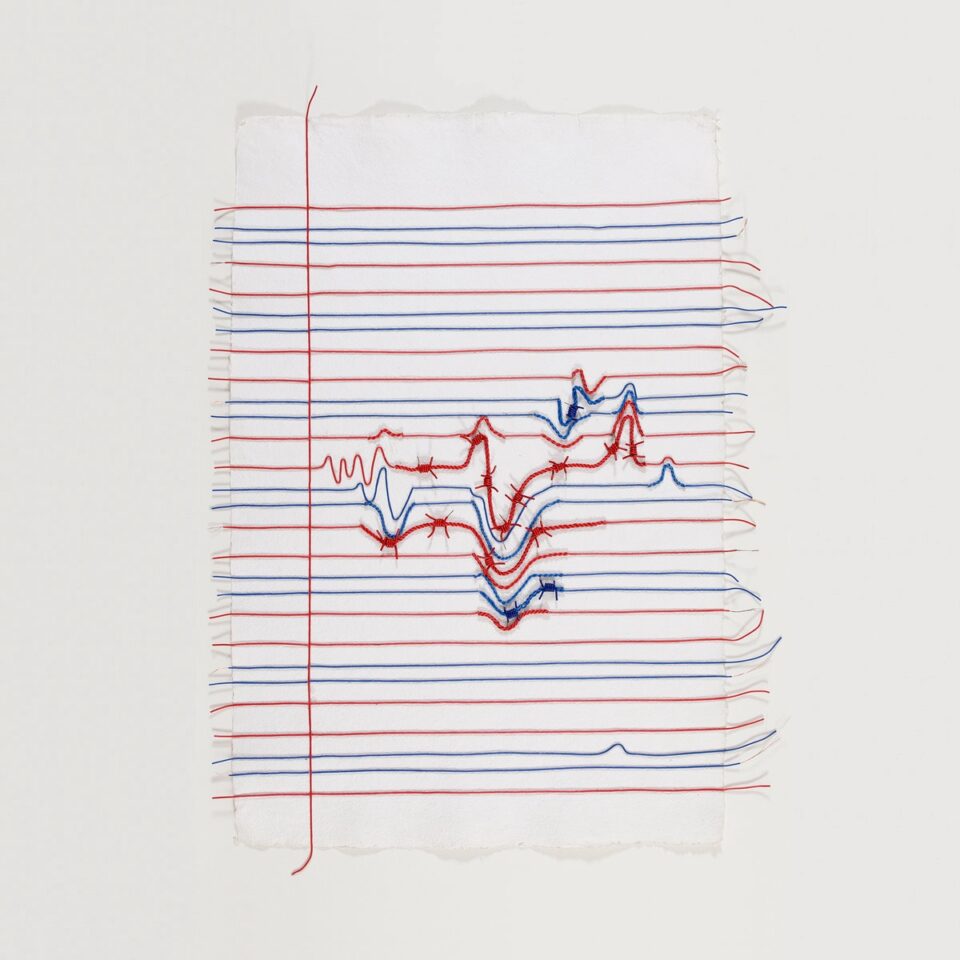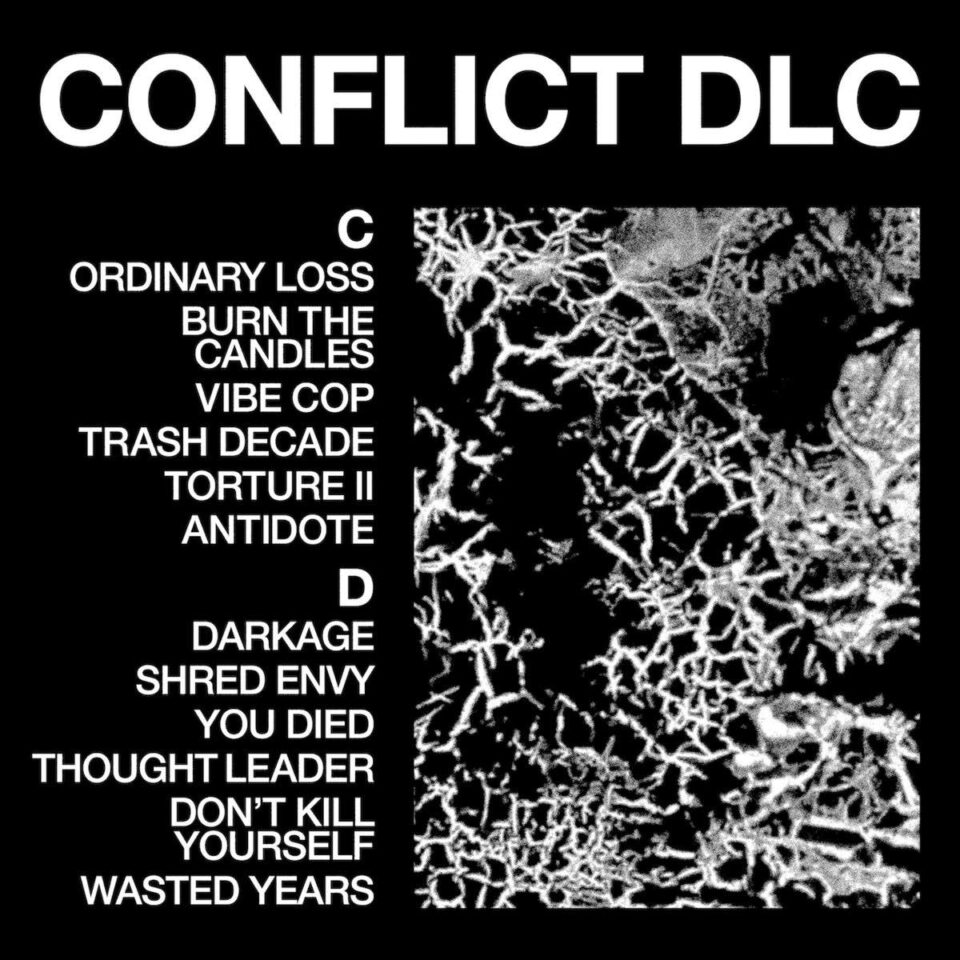Talking Heads
More Songs About Buildings and Food [Super Deluxe Edition]
SIRE/RHINO
As a lover of all things Talking Heads, the great Brian Eno debate starts with the quartet’s second album: Which of their collabs with the producer/sonic manipulator is best? Where does Talking Heads start and Eno leave off? And vice versa? And where is my beautiful house? And my beautiful wife? 1979’s Fear of Music begins the Heads-Eno union of polyrhythmic post-punk mixed with texts dedicated to a crumbling global outlook. A year later, Remain in Light found an expanded ensemble ripe with heavily Afrobeat-inspired rhythms and words familiar to gospel sermonizing. Yet in being a portrait of two ecosystems learning each other’s ways, 1978’s More Songs about Buildings and Food is more curious than the latter two albums for several reasons, much of which is revealed in this new box set’s inner workings.
Buildings and Food utilized previously written songs that went unrecorded on Talking Heads’ first album, 77—the nervous, skeletal likes of “The Good Thing,” “Stay Hungry,” and “Artists Only”—and therefore, this is still an all-Heads-on-deck moment. Within that preview, it was Eno’s job to build up these tracks’ muscular structure and blow hot the winds of ambience, the steamy, wobbly whirr surrounding and embedded through each of David Byrne’s nervous-tic vocals, Tina Weymouth’s swooping bass lines, Jerry Harrison’s pressure-hammer keys, and—importantly—Chris Frantz’s rhythms. Have no doubt about Frantz’s importance here: the drummer was Byrne’s most active co-writer and conspirator, whether it was “Psycho Killer” with Weymouth on 77, “Life During Wartime” on Fear of Music, or the trembling, even torrid tracks on Buildings and Food which include this album’s best song: “Warning Sign.”
Screwed and skewed with a backwards-tape-running haze of psychedelia, this latter track’s sensuous spin comes from Frantz’s echoing pulse and keen pinging. The hollowed-out thwap of their Al Green cover, “Take Me to the River,” comes from Frantz, as it’s he who announces its pulsating momentum before Weymouth, Jerry Harrison, and Eno (who came up with the idea of making “River,” a longtime Heads’ concert favorite at that point, slow and slithery) welcome Byrne to the song. Even “The Good Thing” and “With Our Love”—both of which can be heard amidst this deluxe version’s rarities in raw, spindlier form—commence with Frantz and Eno finding fresh ways into the realm of the snare as Harrison and Weymouth (with a gaggle of background voices) add further punctuation to both songs.
Despite being recorded in Jamaica, there’s a layered Eurocentricity to the 1978 album that, though continuing through the entirety of Fear of Music, blends more boldly and wholly here—especially on lustrous, strummed-simple songs such as the twangy, earthen “The Big Country” and on the rarities disc’s “Country Angel” version of “Thank You for Sending Me an Angel.” Byrne’s hopeful-not-hopeful look at the cars and people of his America are the last gasp of pure innocence before his more panicked, contrarian, closed-throat view on the band’s next project the following year.
While I can’t stress the heightened theatricality of its original album remaster and the importance of the alternate-version-heavy rarities album (especially the mesmeric instrumental version of “Electricity” that eventually found its spookily sung home on Fear of Music), it’s the exclusive live albums that are most revealing here. I caught the New York concert of August 1978 that appears in this collection, and after watching the spidery quartet prior to this, it was as if the Heads were craning their necks and fixing their gaze on something different and challenging again, something European in its ambient swell, but still angularly American. And if I hadn’t already fallen in love with Talking Heads before this, the More Songs about Buildings and Food album and tour made them more than worthy of adulation. This moment made them important.

